What Is a Sustainable Landscape?
Do you know what ‘sustainable landscaping’ is?
Would you be able to identify a sustainable landscape if you saw one?
Last weekend, I spoke to a large group about “New Ideas for Sustainable Landscaping”. The community that I spoke to are in the process of becoming an Audubon International Sustainable Community, which would make them the first one to do so, west of the Mississippi.
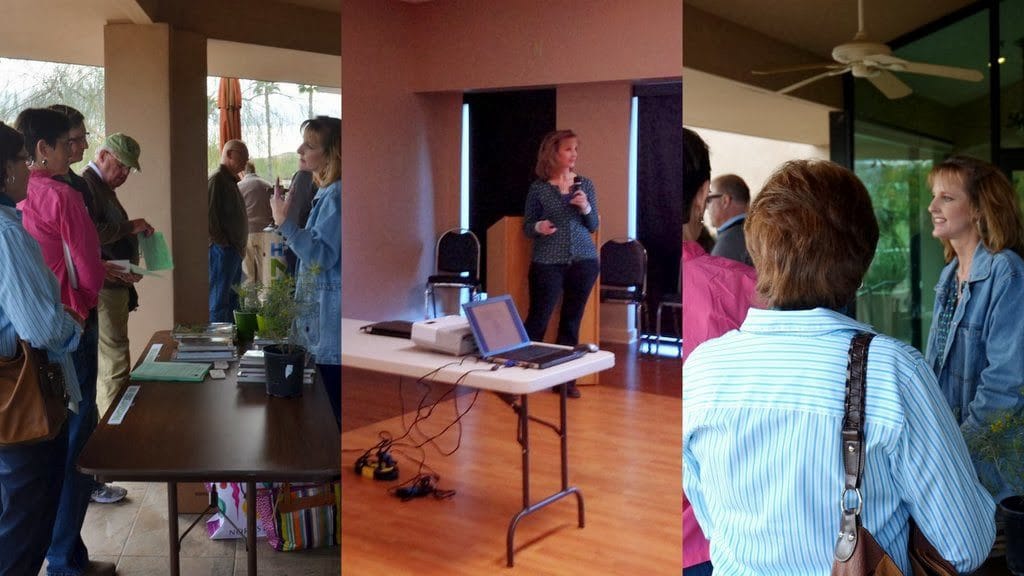
There a lot of people who turned out to learn more about how to live a more sustainable lifestyle. I was thrilled to talk to them about what sustainable landscaping is and small steps that they can take toward that goal.
Maybe you are curious about sustainable landscaping and want to implement some strategies toward having a more sustainable landscape.
This is my first post talking about this important subject in the hopes that I can inspire you to take steps toward a more sustainable landscape.
WHAT IS A SUSTAINABLE LANDSCAPE?
First, let’s look at an example of what I am NOT talking about in regards to a sustainable landscape…
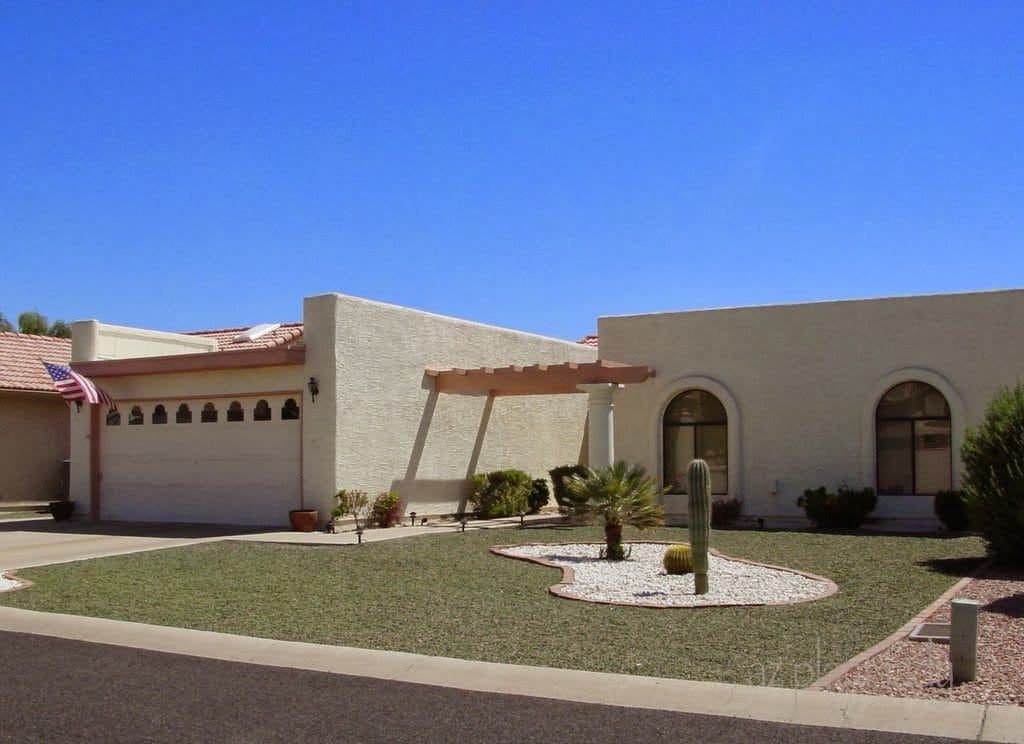
Do you remember when green gravel was in style in the 70’s?
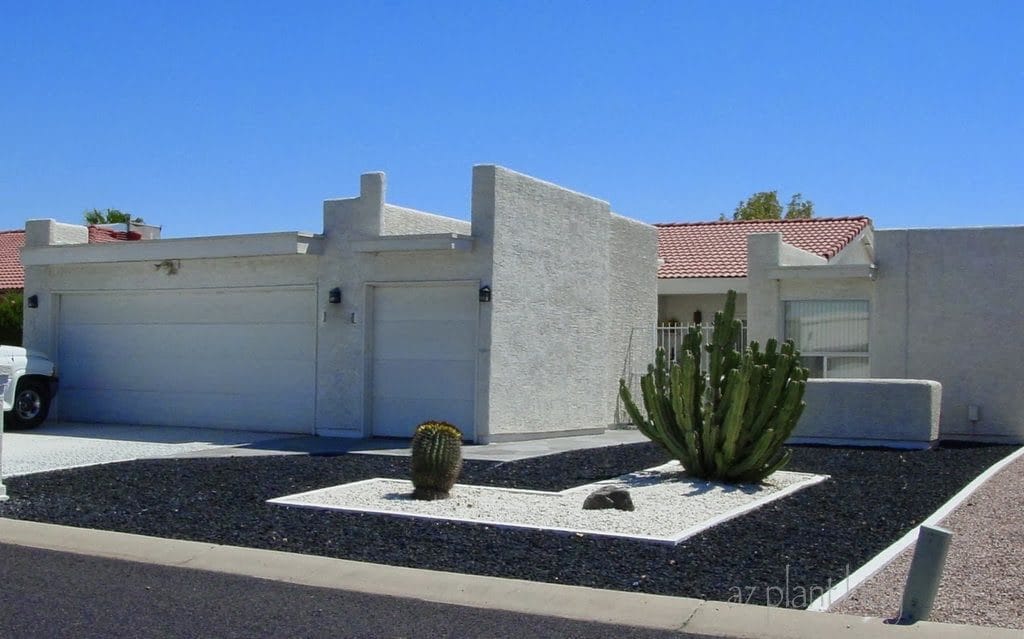
Or how about this one with the fancy gravel design and two lonely cacti?
Technically speaking, both of these landscapes are sustainable, but they are not the model of sustainability we are looking for.
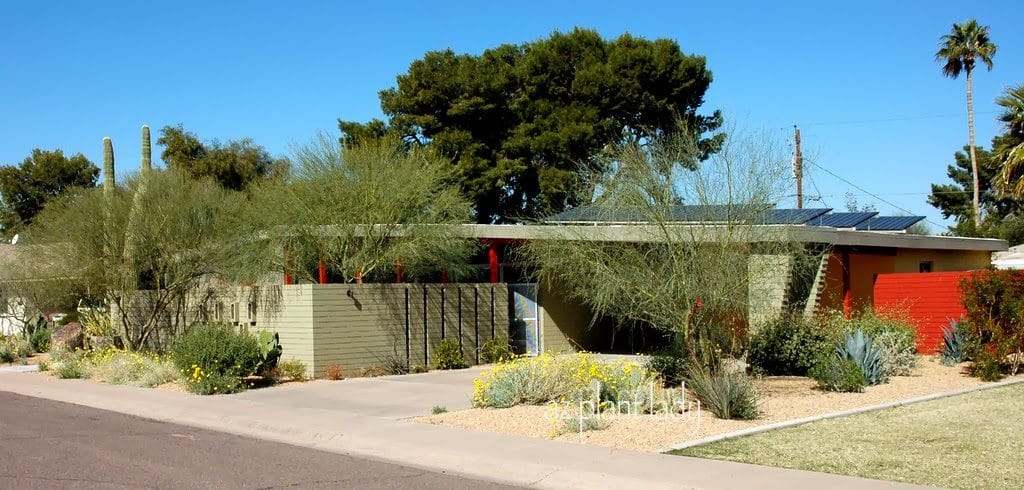
Here is a great example of a sustainable landscape.
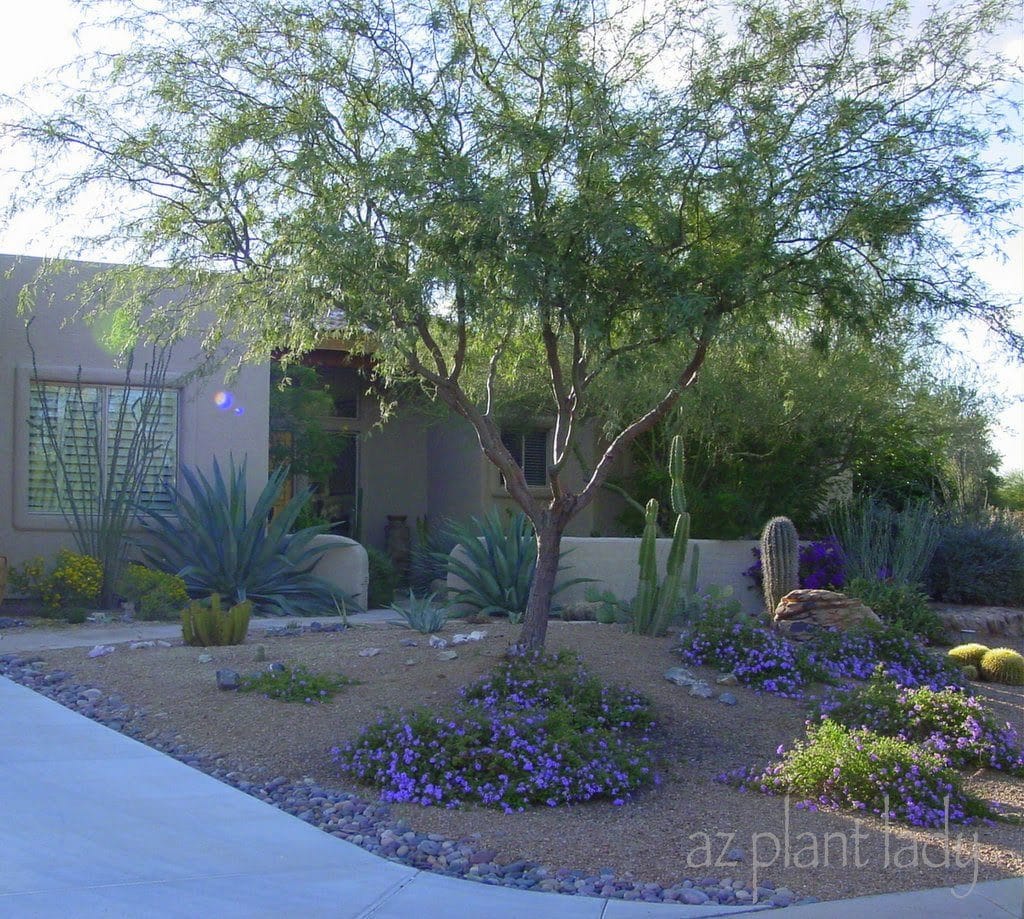
So is this one.
Both of these landscapes are planted with arid-adapted plants that thrive in our hot, dry climate with minimal care. What you may also notice is that they are not ugly – they are all quite beautiful.
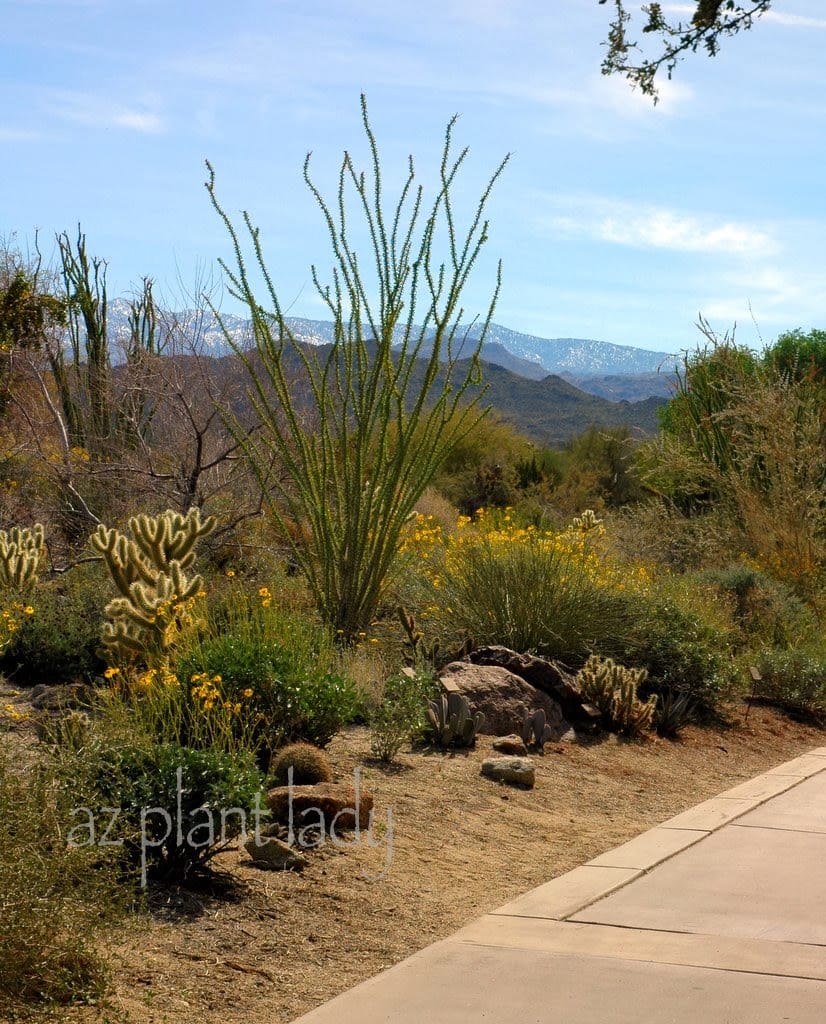
The next time you find yourself near the natural landscape, wherever you live – notice how nature does a great job creating and maintaining a beautiful landscape.
Nature does this without any help – no pruning, supplemental water, chemical fertilizers (nature does fine with natural sources of fertilizer) and pesticides.
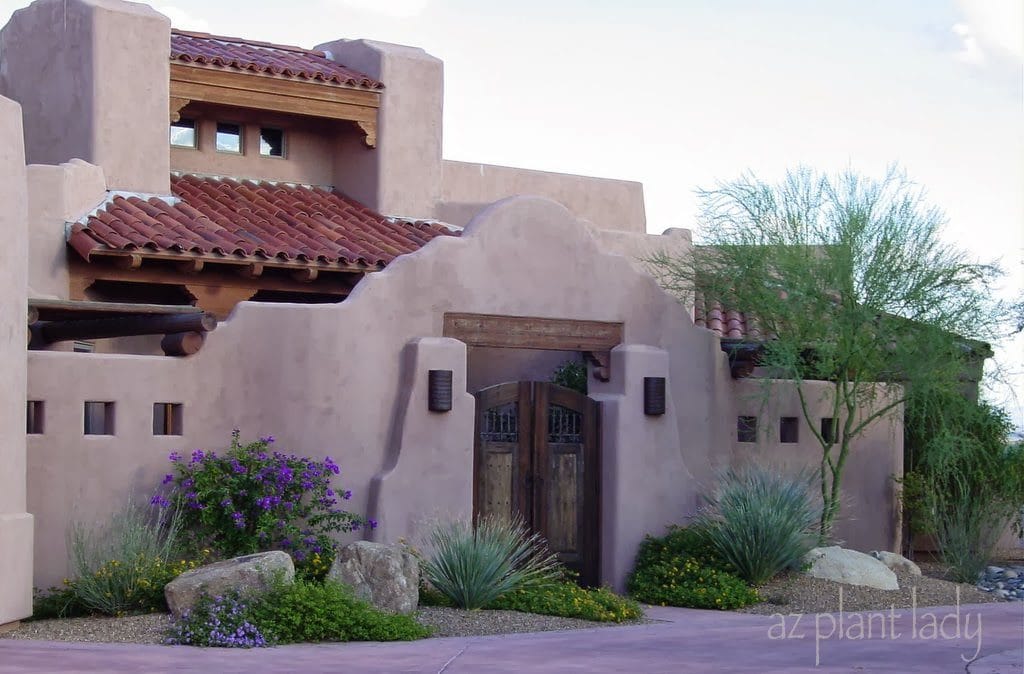
So, what exactly is a ‘sustainable landscape’?
“A SUSTAINABLE LANDCAPE IS ONE THAT IS IN BALANCE WITH THE CLIMATE, WHICH REQUIRES MINIMAL ‘INPUTS’.”
What are ‘inputs’? They are resources that we use to create and maintain our landscapes such as fertilizer, supplemental water, pruning, gasoline and pesticides.
Would you like to decrease the amount of ‘inputs’ in your landscape, without having to sacrifice beauty?
Well you certainly can and it isn’t hard to do. In fact, you can save yourself time and money in the process!
Next time, we will discuss what we are doing wrong in our current landscapes, which is important to know so that we can avoid these mistakes on our quest toward more sustainable landscapes.
What Keeps a Landscape From Being Sustainable?

 Noelle Johnson, aka, 'AZ Plant Lady' is a author, horticulturist, and landscape consultant who helps people learn how to create, grow, and maintain beautiful desert gardens that thrive in a hot, dry climate. She does this through her consulting services, her online class Desert Gardening 101, and her monthly membership club, Through the Garden Gate. As she likes to tell desert-dwellers, "Gardening in the desert isn't hard, but it is different."
Noelle Johnson, aka, 'AZ Plant Lady' is a author, horticulturist, and landscape consultant who helps people learn how to create, grow, and maintain beautiful desert gardens that thrive in a hot, dry climate. She does this through her consulting services, her online class Desert Gardening 101, and her monthly membership club, Through the Garden Gate. As she likes to tell desert-dwellers, "Gardening in the desert isn't hard, but it is different."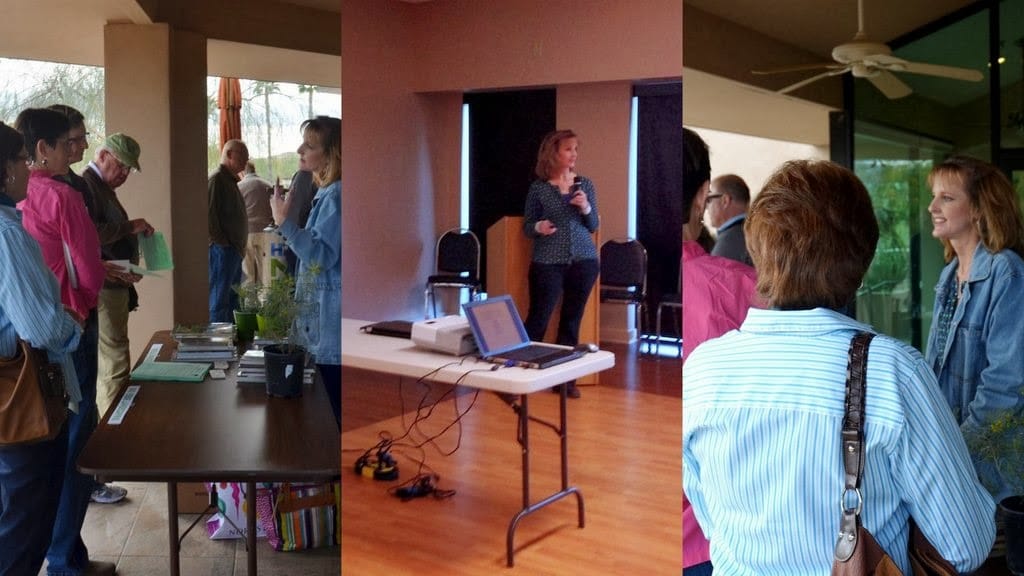
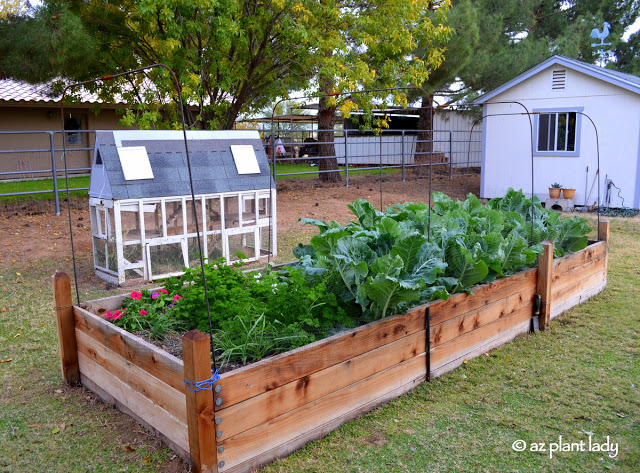
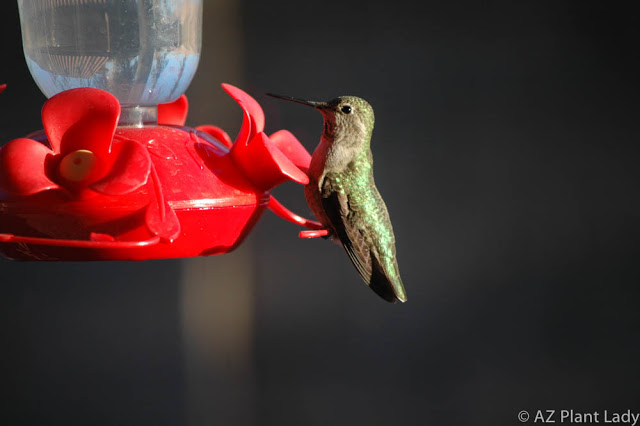
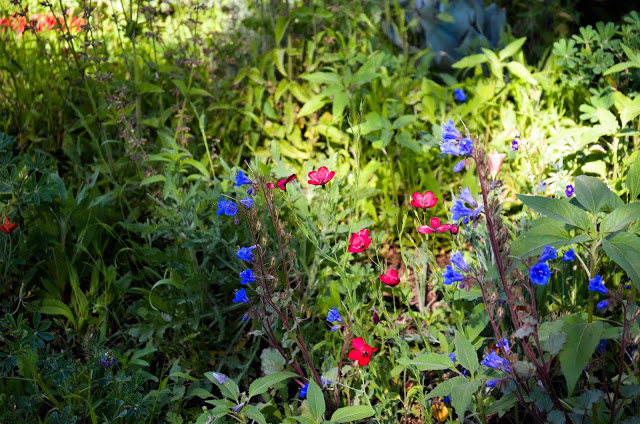
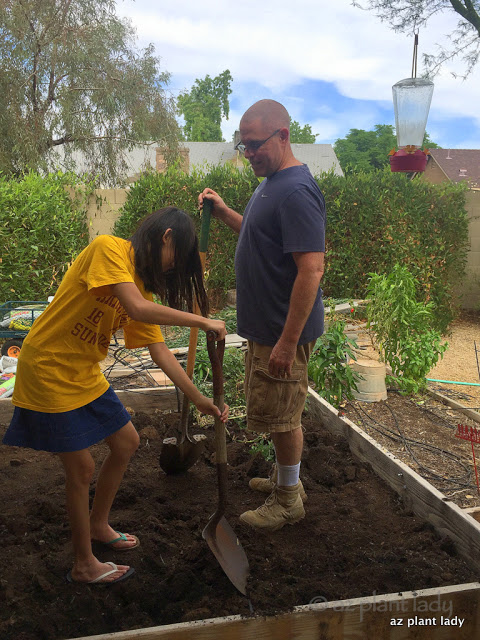
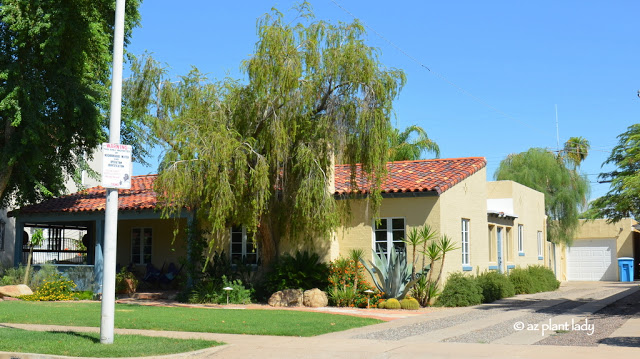
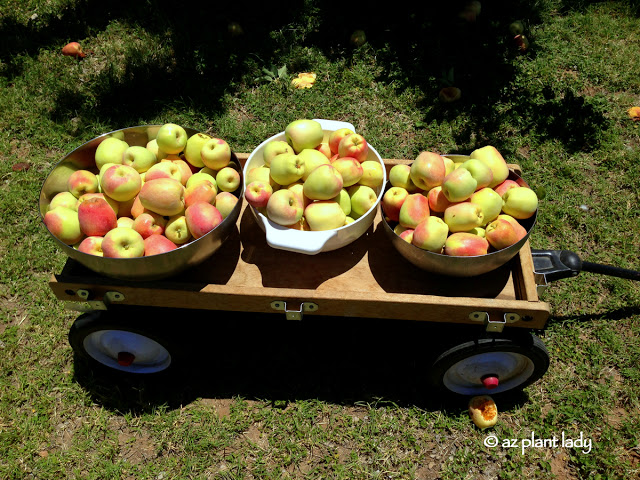








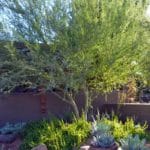

Wish I could have been in the audience! Good for you, and this topic is a part of my presentations anymore…and often, the main talk. Sometimes I even use "regenerative" over "sustainable", when op'ty knocks. Great intro examples of more beauty-less water/pruning (!) – like a gateway to rethinking SW gardens.
Of course, you have so many great examples there. A friend and his wife just moved back to Phx, and he's excited to be back in the landscape field there. And not just since Buffalo is cold now!
Such a great topic! Oftentimes gardeners practice this by placing the right plant in the right place for it. If it's in the right place, Mother Nature can take care of it instead of the gardener constantly fussing over it and trying to force it to grow there. It's better for the environment, and it's easier on the gardener!